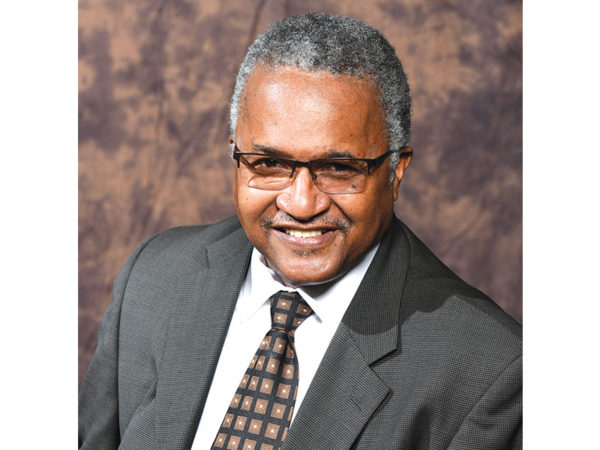How many hours do you spend a day reading non-work related materials?
Your answer to that question may help shed light on a trend that is sweeping our country: in spite of improved educational opportunities Americans are reading less?
Those who are reading are doing so for utility and not much for enjoyment.
In 2009, the Monroe City Schools focused heavily on the Accelerated Reading Program (AR) and pushed children to read entire books and various genres. As students read books they took an AR test on the book and received points based on the size and complexity of the content.
The questions are designed to show how well the student understands the material. It’s one thing to read a book – it’s another thing to comprehend it in a meaningful way. The school provided incentives to encourage successful reading.
When the state shifted its emphasis to reading blocks of information rather than whole books, school districts across the state dumped the AR program. It was not incentivized by the state.
(Ironically many schools rated D and F still push for students to read books, memorized poems, and appreciate literature but the state doesn’t recognize their efforts in its school letter grade).
The new idea is for a student to sample a book, and analyze a block of material and demonstrate that he or she understands what is read. Reading an entire book is not necessary; learning how to scan for information in blocks is the new trend. Reading literature, memorizing poems or other skills related to the discipline of the mind are not encouraged. Higher order thinking is not rewarded unless it appeals to the marketplace.
In 2009, the city school system bought 30 copies of my novel “The Children of Panther Burn” for each high school and enrolled it in the AR program. A 750-page historic novel was worth 44 AR points and entire classes used it, along with other literature to encourage reading.
Today, those novels along with most other novels and works of literature are gathering dust on library shelves. Reading for enjoyment is not high on the state’s list.
That’s not a problem to peculiar to the city schools, it’s everywhere.
The Ouachita Parish Library is struggling to adjust to the new trends. Two decades ago there was a large public checkout of books for enjoyment; today the library is shifting with the trend. It is buying more videos and promoting digital materials than ever. To support the need for a library, it now counts the pages read in a book or newspaper, and the number of DVD’s watched, as a measuring tool as well as use of its growing collection of computer terminals.
It almost makes the job of a school librarian obsolete, diminished to media distribution center. Since there is no need for a Dewy Decimal system to categorize books or the old card catalog file in each center, the school librarian is gradually being morphed into more of a media advisor than librarian in the traditional sense.
I remember being stopped by Monroe Police in 1966 for attempting to enter the main branch of the 18th Street library; Negroes were not allowed. When that barrier broke, I remember heading straight for the card catalog table, looking for the Arthur card, subject card, and title cards categorized by the Dewy number.
I believe that while the method of delivery of literature and research materials has changed, the importance of reading entire books should not be deemphasized. Whether we read a paper book or a digital version from our computers or Kindles, the importance of reading should not be emphasized.
I began by asking a question about how much you read? Is it work related reading or for enjoyment and understanding?
Discipline is required to read and grasp information and entertain ideas. I’m afraid that the public education our children receive is focused on quickly finding work-related information, small blocks of information.
That trend may ring the death knoll for reading for any other purposes for future graduates of public schools.


